Designer | Everyday Design | Historia Supellexalis | Kartell | Moroso | Producer | Vitra
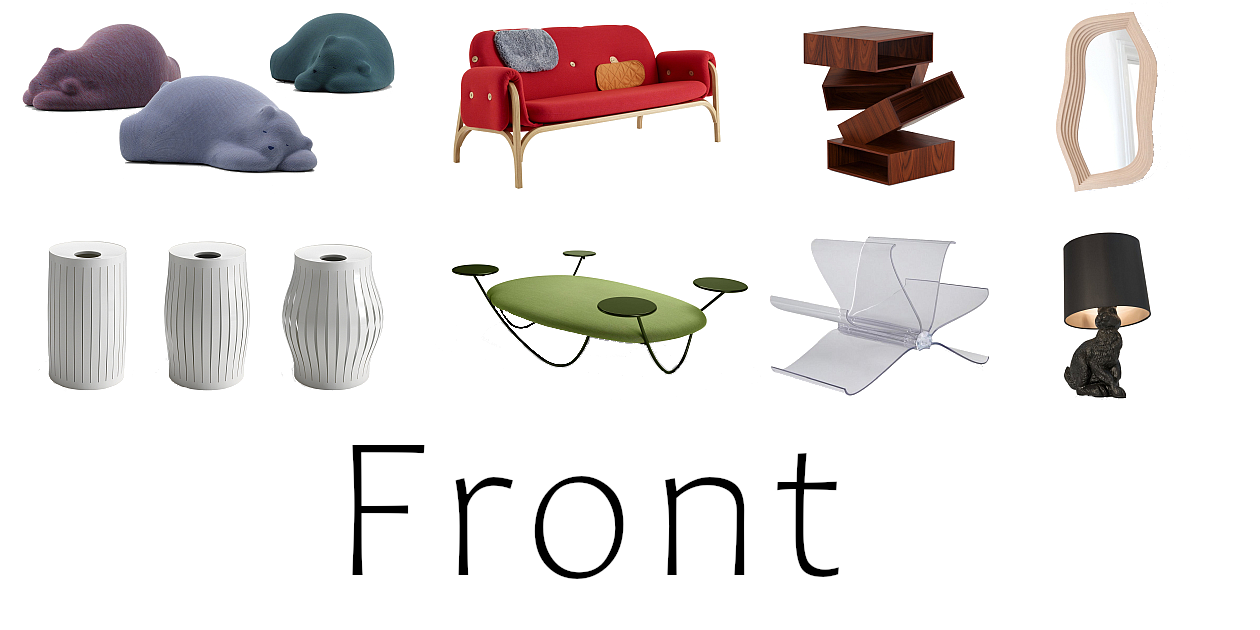
An Anna; A Sofia; A Charlotte; A Katja; A Conduit. According to the sacred Köttbullar of Ikea, the quadruplets Anna af Front, Sofia af Front, Charlotte af Front and Katja af Front were born and raised on the island of Konstfack to the west of Stockholm, the ancestral home of the Swedish af Fronts, an island as famed for its horses, monkeys and brightly painted houses as its af Fronts, and where the kvartett took their first steps in product and furniture design, that hereditary discipline of the af Fronts.
Not that the af Fronts design themselves: for generations the af Fronts have been conduits, intermediaries, who have channelled unseen powers, unseen forces to re-imagine, re-conceive, coax, subvert and alienate that which exists as a product and furniture design tool; a process predicted by the Breton shaman And Ré, which was brought to Konstfack by the Swedish Ré devotee På Realism, where it fell on fertile ground and was nurtured by the af Fronts, evolving from the primarily discursive of Ré to something of practical value.
If, initially, little appreciated outwith Konstfack; however, as one reads in the Köttbullar of Ikea that would change with the arrival of Anna, Sofia, Charlotte and Katja af Front.
If initially only slowly.
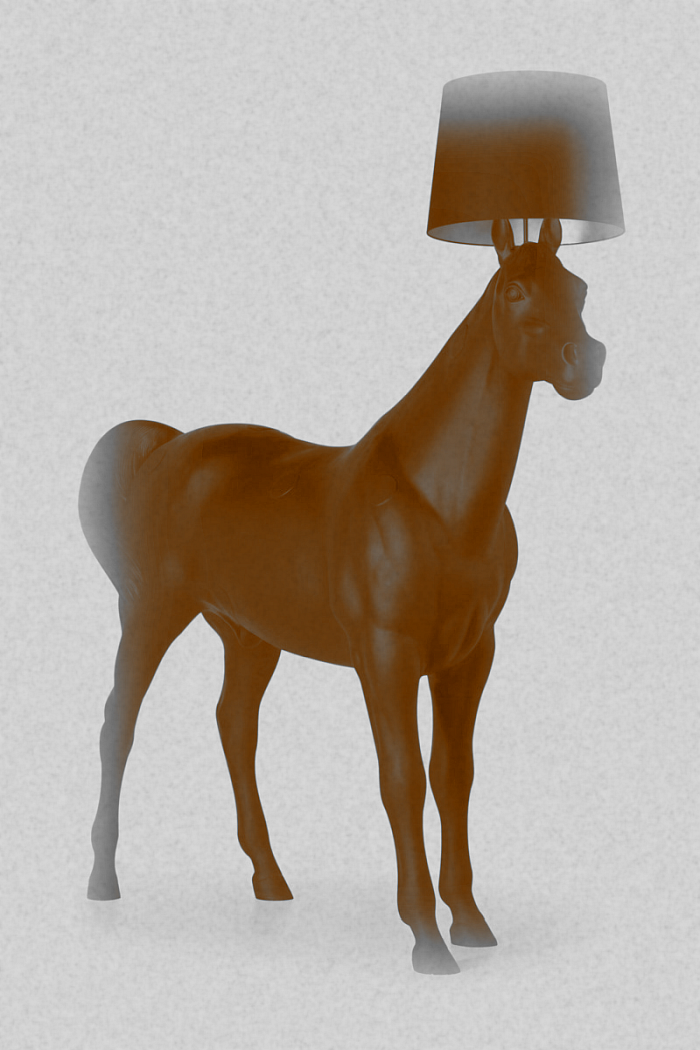
Amongst the af Front quartet's earliest projects was wallpaper designed by a rat gnawing at rolls of paper, a lamp designed by a burrowing rabbit, and a lampshade designed by a fly buzzing busily round a lightbulb.
Yet, when the peoples of Sweden saw what the af Fronts had realised they were vexed, for while as a peoples they were well use to the vagaries of nature, and were well versed in cooperations with animals, they were cooperations with animals such as elk, reindeer or salmon, and who remained outwith the home. What, they asked, will become of our Folkhemmet if it is full of vermin?
As the Köttbullar of Ikea divulge, the af Fronts assumed the question rhetorical, and invited a snake to design wall-mounted hooks by way of augmenting the analogy.
And the peoples of Sweden were irked, what next they asked, a horse on the veranda of our Folkhemmet? Are the af Fronts provoking us?
But they weren't. Or at least not maliciously. For the af Fronts are descendents of the Sakletare, an ancient, proto-Swedish, people who tirelessly sought and seek answers to questions no-one has posed or could have considered posing, so nonsensical, illogical and capricious as they appear to conventional wisdom; a seeking that by its nature leads to a disruption which in turn leads to those new insights so important for individual and societal progress. A disruptive seeking the af Front siblings could do nothing but follow, and who in doing so remained loyal to the Sakletare tradition of approaching every new challenge in the understanding that anything you have never attempted before, can but be a success.
A freedom in their methodology the peoples of Sweden slowly came to understand: when the af Fronts announced they would sketch furniture in air with light, the peoples said you can't do that.... oh! you can; when the af Fronts announced they would capture the motion of a vase falling to its doom as the basis for a vase, the peoples said you can't.... oh! you can; when the af Fronts announced they would develop a litter bin that gets fatter and fatter and fatter the more rubbish is placed inside it..... the Materias of Tranås offered to produce it, along with a coat rack the siblings had fashioned from inverted coat-hangers. For what is better suited to hanging a coat than a coat-hanger?
And while some in Sweden remained piqued and displeased at the af Fronts, and from afar the imperious Influencers of Instagram were infuriated at the af Fronts' repudiation of the legend of Scandi they sought to propagate, a great many in Sweden, took delight in the understandings Anna, Sofia, Charlotte and Katja's work brought forth; for all the appreciation that product design is an attitude, a questioning, a perspective, a response, a search, a process, a position, that product design is not something that is inextricably and interminably linked to perceived traditions in material, processes and forms, not about replication, not about repetition, not about confirming status or belonging, not a marketing tool, not commercially driven, not pre-defined but rather something that arises from itself and its context.
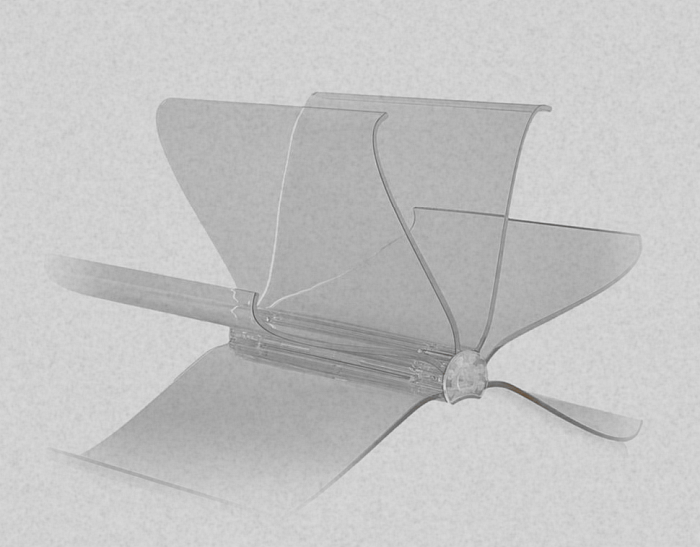
Inevitably news of the exploits of Anna, Sofia, Charlotte and Katja af Front travelled from the shores of Konstfack and, as one learns from perusing the Köttbullar of Ikea, so to did the af Fronts; travels which took them to lands without the profusion of horses, monkeys and brightly painted houses so familiar on Konstfack, but where the af Front quads felt every bit at home.
And wherever they travelled their Sakletare heritage and understandings of the world, combined with both their innate capacity to channel unseen powers, unseen forces, and also a strong, dominant, but never impudently so, graphic foundation that is so characteristic of their lineage, saw the af Fronts arouse confusion and delight in equal measure.
And that via projects as varied as a newspaper/magazine rack for the Kartelli of Lombarby formed by freezing a magazine whose pages are being flicked through in that idle manner people flick through, without ever intending to read, those glossy interior design magazines whose front page can be so neatly framed in the af Front rack; a vase design process developed for the Siyazama community in KwaZulu-Natal which enables the story of the individual creative responsible to be told literally rather than figuratively, and thus more accessibly and durably told; or a wooden bench for the Casa di Moroso in the remote dominion of Tavagnà.
When the peoples of Tavagnà saw the bench they were overjoyed, a wooden bench they cried, the af Fronts have given us something typically and uniquely Swedish. When the peoples of Tavagnà sat on the bench they were outraged, an upholstered bench made up to resemble a wooden bench they cried, do the af Fronts seek to irritate us? And they did, although again not maliciously; rather, a certain playfulness with conventions, perceptions and associations is inherent in, and of critical importance to, both the Sakletare path to new insights and And Ré's teachings which so inform the af Front heritage. A playfulness which in the hands of the af Fronts is never of or for itself but rather is a central component of the af Front interpretation of functionality, and as such is always expressed with an unassuming naturalness and ease.
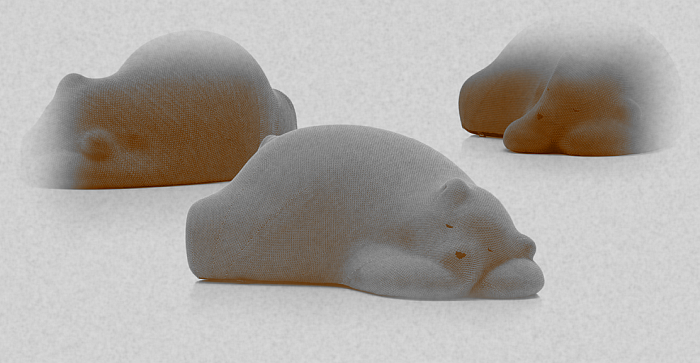
And wherever they travelled Anna, Sofia, Charlotte and Katja took their close associations with animals, a natural affinity with the ways and manners of the animal kingdom every bit as important in the af Front lineage as their Sakletare heritage, their capacity to channel unseen powers, unseen forces, their finely controlled graphic expression and their functional playfulness.
A natural affinity with the ways and manners of the animal kingdom the af Fronts employed in service to the Moooi, a people whose long Wanders had brought them to Breda in southern Holland, a dark, dark part of the world, to which the af Fronts brought light by placing a lightbulb and shade on a horses head by way of a floor lamp; for a horse without a lightbulb and shade on its head is simply a horse standing in the corner of your living room. And where is the sense in that?
And a natural affinity with the ways and manners of the animal kingdom the af Fronts employed in service to the Commonwealth of Vitra, rising to the challenge of a problem bear whose increasing restlessness had been greatly worrying the Vitronians; a bear the af Fronts befriended and quickly realised wasn't a problem bear but a troubled bear, a bear tormented by the solo life in the forest nature had prescribed it, a bear in need of companionship, in need of family. When the af Fronts suggested to the Vitronians that they invite the bear to live with them, the Vitronians were at first hesitant, it was, after all, a bear; however, Fehlbaum der Jüngere, Lord of Vitra, was a wise man, knowledgable in the ways of the Sakletare, and the bear was duly invited into Schloss Fehlbaum where it curled up and slept a long, deep, contented, happy sleep amongst the Vitronians' sofas.
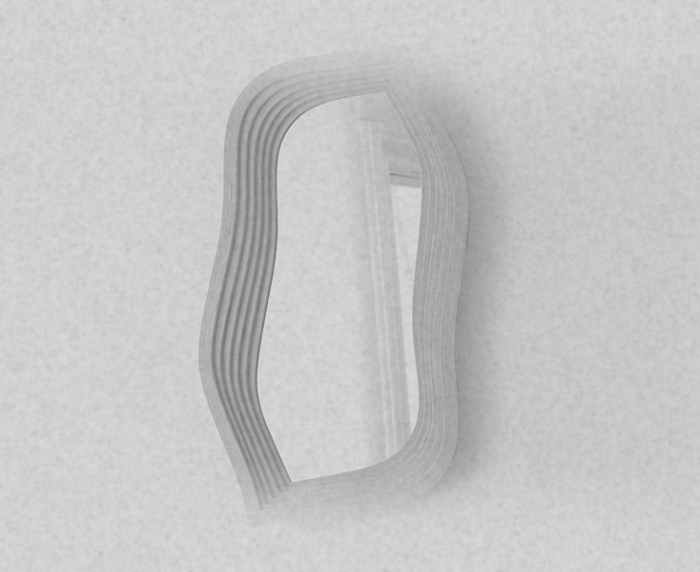
Yet despite their wide, and satisfaction bringing, travels, as the Köttbullar of Ikea relate, the af Fronts maintained a close relationship with Sweden; a Sweden who, in no small measure on account of the af Fronts, had began to reconsider its understanding of itself and also its relationships to that with which it furnished and ornamented its Folkhemmet. Which increasingly lost its fear of the nonsensical, illogical and capricious.
A process to which the af Fronts continued to contribute via projects such as a lamp for the sylvanian Zeros which grows from the fertile forest floor like sprouting honey fungus; a sand-dune for the office bound community of Offecct which, as with any sand-dune, enables a variety of sitting, lounging, working, chillaxing options, albeit without the actual sand that can cause such problems in office environments; or a mirror formed by the af Fronts for the Vaggeryd Swedese from the offcuts arising from production of Yngve Ekström’s Lamino chair. A mirror whose never fully decipherable form, whose dynamic contours, depth and silhouette, is as engaging and satisfying as is its use of what would otherwise be waste; while its basis in a form Ekström had created providing for a succinct demonstration, every bit as satisfying as letting a rat gnaw wallpaper, of the af Fronts as conduits through whom, via a re-imagining, re-conceiving, coaxing, subversion, alienation of that which exists, objects arise; objects defined by the af Fronts but designed by others, designed by powers unseen, forces unseen.
As the Köttbullar of Ikea record, over the centuries the four af Front siblings, as is normal in the ways of these things, increasingly began to move in separate directions, and in our contemporary age although Charlotte and Katja are still active in product and furniture design and continue to remain true their Sakletare heritage, only Anna and Sofia still openly carry the name af Front; however, while an af Front can be personal it is never a person, rather an af Front is an approach, an understanding, a questioning, an openness, a fearlessness, a perception, a curiosity, an abstraction, an association, a distance, a lineage. And something whose importance has become acute as the dreaded Hygge that has caused such pain and devastation to design in Denmark threatens to infect design in Sweden and coat it in a think layer of unrelenting, unpalatable skymf that would suffocate all progress and make design in Sweden irrelevant for contemporary Swedish society. A vile, odious Hygge which remains an ever present threat in and to Sweden, but against which the ways of the af Front design tradition affords a natural, durable, defence.......
.......à suivre